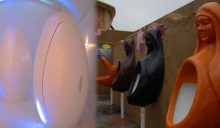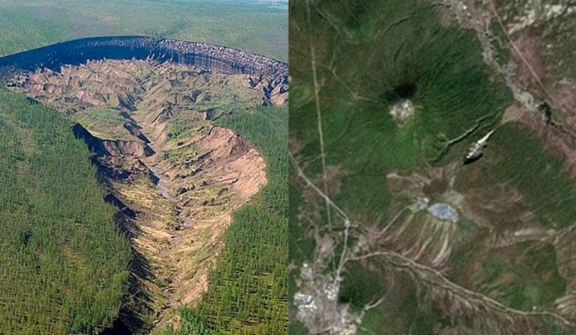
Deep in Siberia, scientists have stumbled upon a massive crater that is expanding rapidly.
This strange phenomenon, known as the "Gateway to Hell," is now even visible from space. Its growth is causing concern and raising questions about its origins and potential consequences.
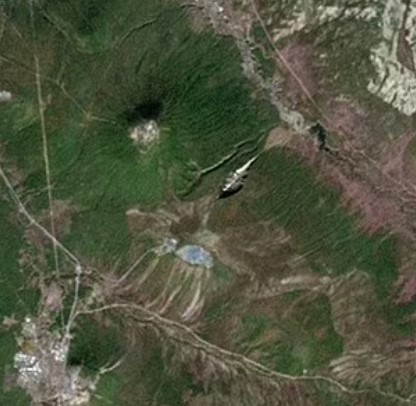
The Batagaika Crater, as it is officially called, spans approximately 200 acres and reaches a depth of nearly 300 feet. Its growth is primarily attributed to the effects of climate change.
In Siberia, the ground that is always frozen, called permafrost, is melting due to the increasing temperatures. This causes a lot of methane, a strong gas that causes global warming, to be released into the air.
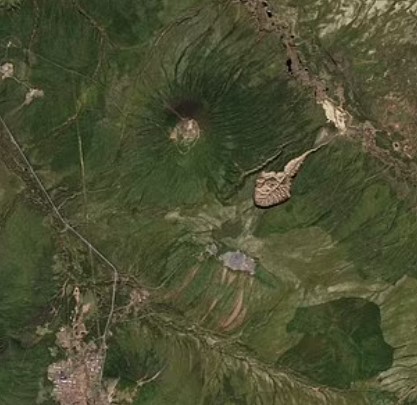
The "Gateway to Hell" crater was originally formed when the frozen methane came out, and now it keeps getting deeper as the permafrost melts even more.
Recent research indicates that the rate of methane and carbon gas release from the crater has reached alarming levels, estimated at 4,000 to 5,000 tons per year.
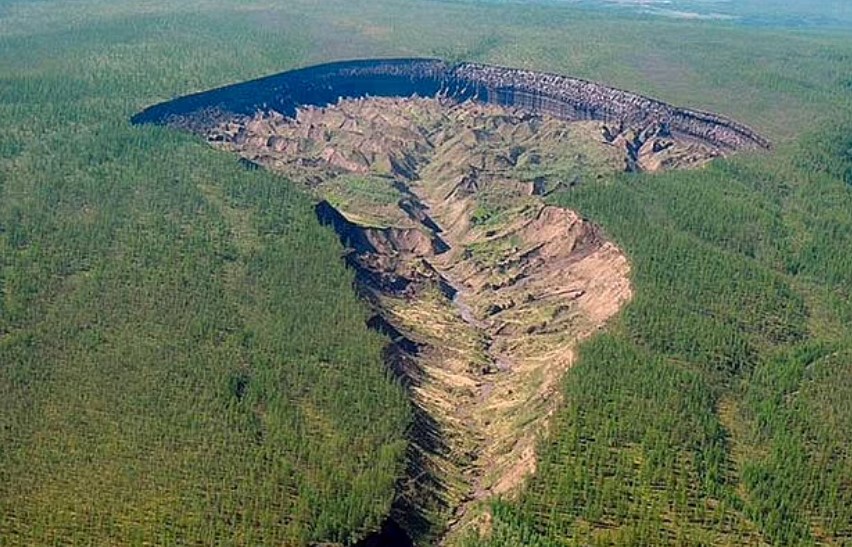
The lead author of the study emphasizes the urgent need to address the situation, as the crater is approaching a critical point where it may release all the remaining greenhouse gases it contains.
The study also reveals that the Batagaika Crater is nearing its underlying bedrock, indicating that most of the remaining permafrost has already melted.
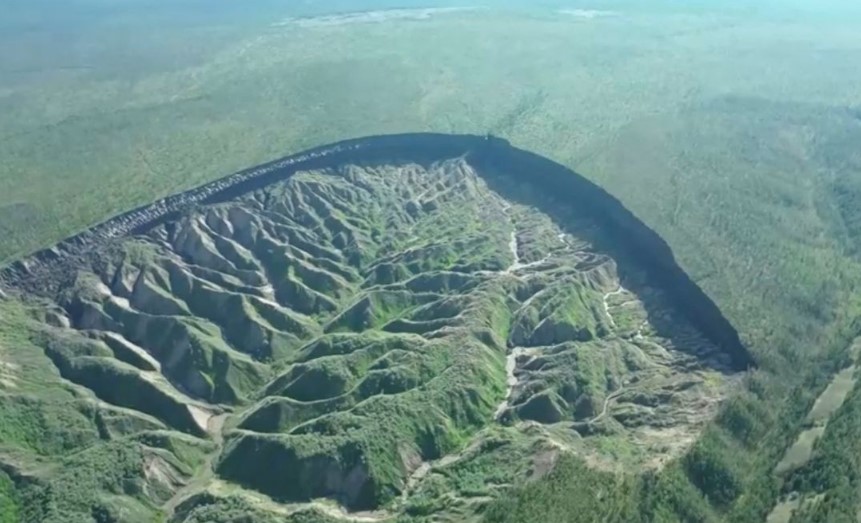
However, there is still a possibility of lateral expansion as the melting process continues.
They used satellites and drones to take pictures and collect data from far away. They also went to the site and collected samples of the frozen soil and the ground.
By studying all this information, they made a detailed model in 3D to see how the melting is happening and how it affects the water and air.
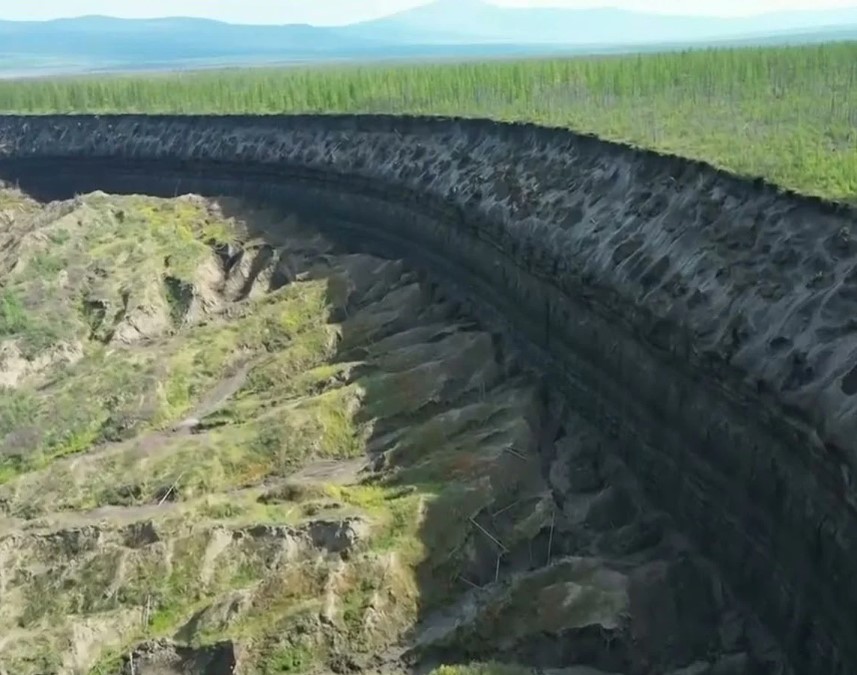
The growing Batagaika Crater doesn't only affect the area around it. Gases and dirt leaking from the crater are already changing the nearby ecosystems, like the Yana River.
This excavation site contains compelling evidence of early human activity.
The site, located in Harrat Khaybar, a volcanic field in western Saudi Arabia, has revealed thousands of structures estimated to be between 4,000 and 7,000 years old.
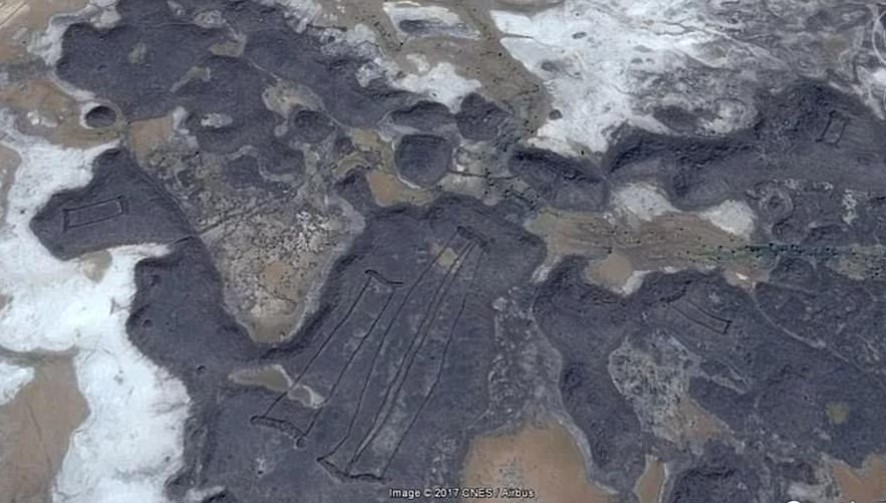
Through extensive research and aerial photography, approximately 350 rectangular structures, known as "mustatil" in Arabic, have been documented.
These structures offer valuable insights into the region's early civilization and are believed to have served ritualistic purposes.
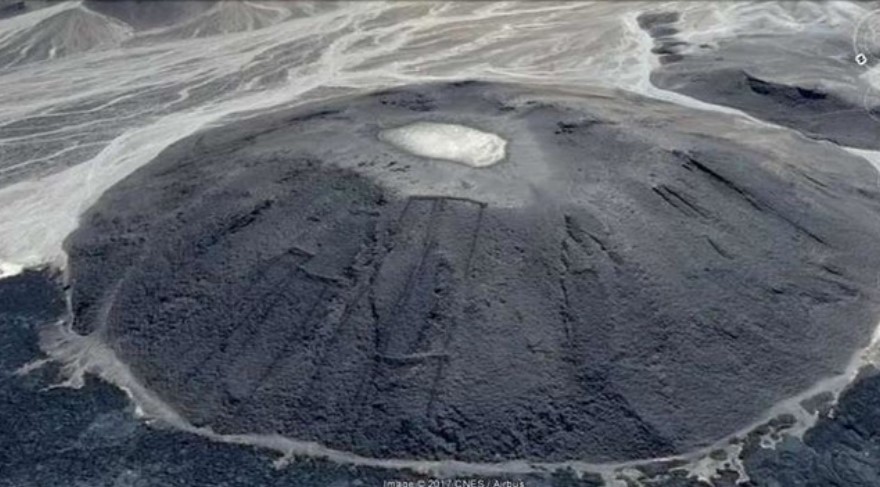
It remains unclear what exactly these structures were used for, but their intricate design and the presence of artifacts suggest their significance in ancient rituals.


